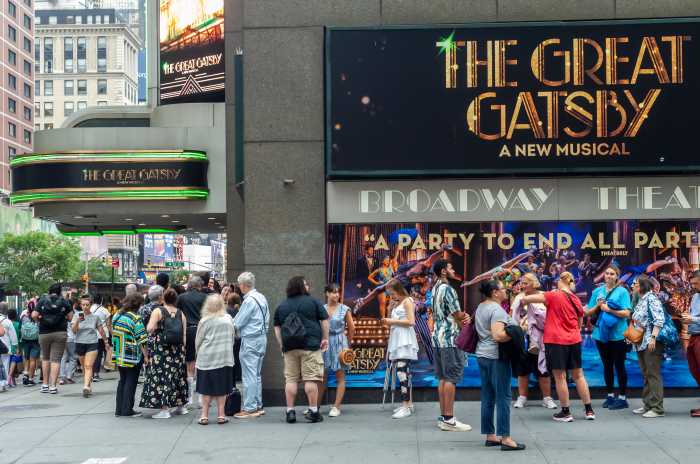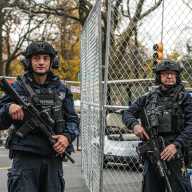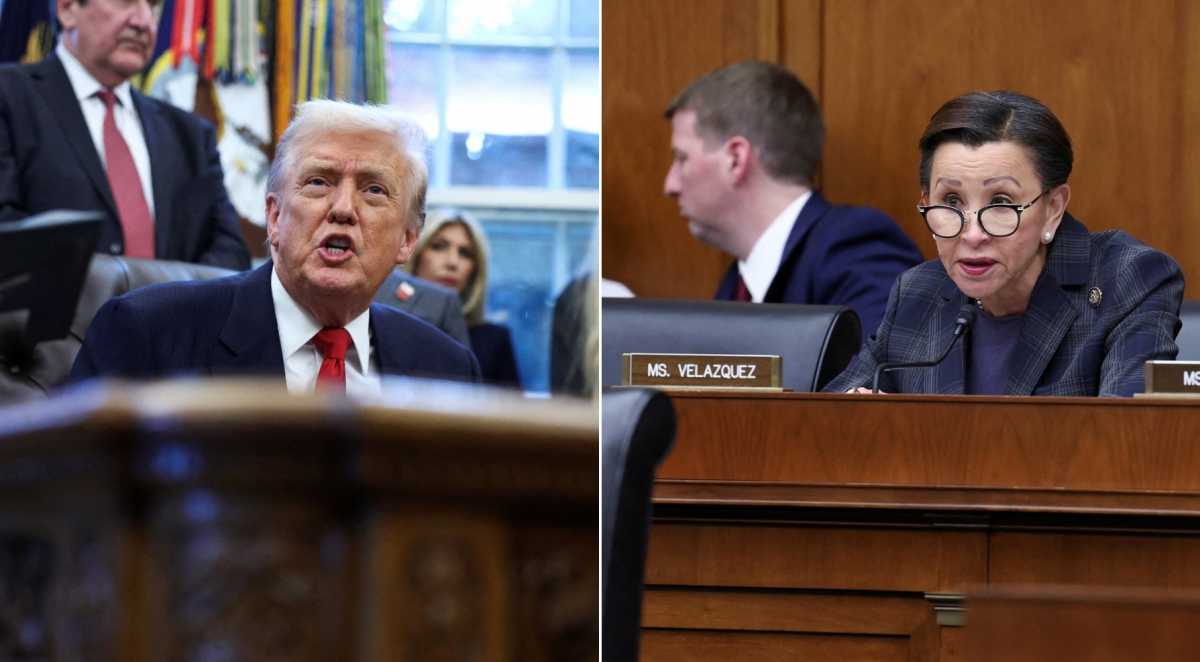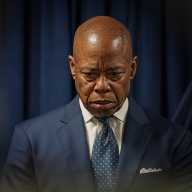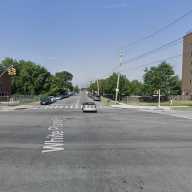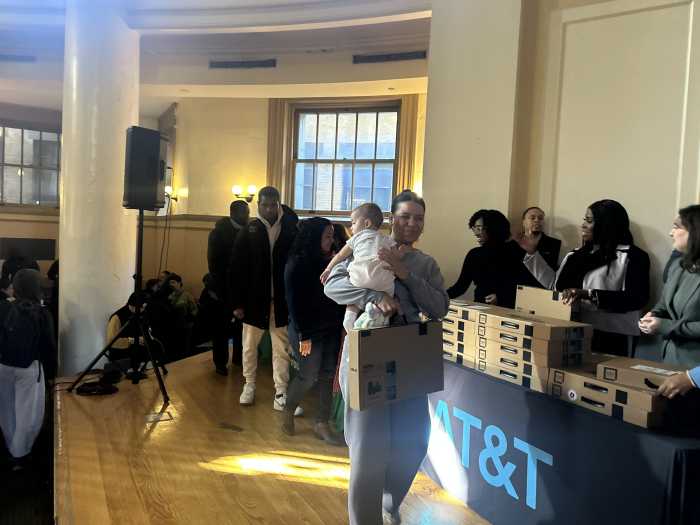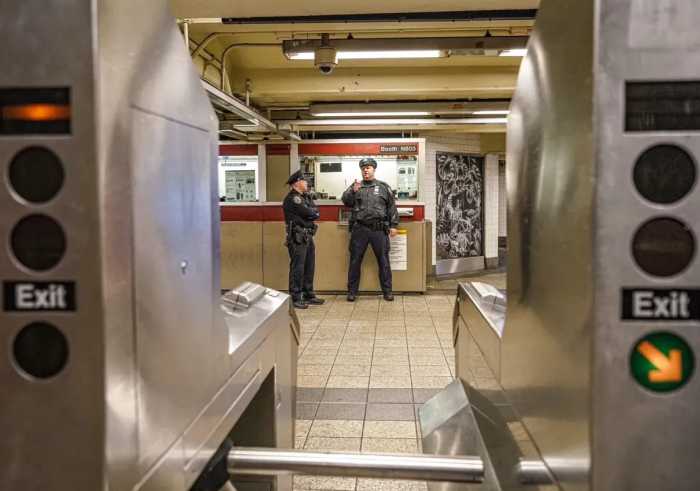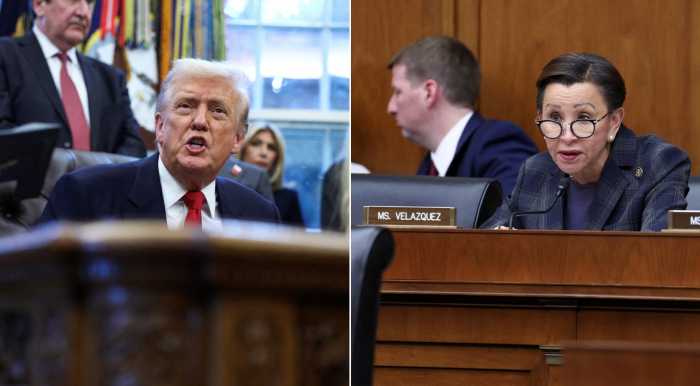An executive order Mayor Eric Adams issued on Wednesday created a task force to examine potential housing development opportunities on city-owned land amid the biggest housing crisis the Big Apple has faced in more than 50 years.
The City Housing Activation Task Force, according to the executive order, will “review all land under the ownership and control of the city or of other participating and cooperating agencies and entities … to identify potential sites for housing development and to determine if such sites could be used to further housing production … without disruption to critical operations.”
Mayor Adams seems to be banking on the task force finding plenty of new opportunities to build housing, given that the city currently owns more than 5,000 parcels of land and buildings across the five boroughs, constituting more than 362 million square feet of space, according to a 2018 Curbed report. In fact, the City of New York is the biggest property owner in New York City, The Real Deal reported that same year.
The Adams administration has pledged to develop 500,000 new housing units over the next eight years to address the city’s ongoing housing crisis, which has witnessed the apartment vacancy rate plunge to its lowest level since 1968 (1.4%), sending rents skyrocketing citywide, and inducing severe economic strain among renters.
“If there’s any land within the city’s control that has even the remotest potential to develop affordable housing, our administration will take action,” said Mayor Adams in an Aug. 21 statement. “To solve a generational affordable housing crisis, we must bring new innovative ideas to the table and activate all city agencies, whether they are directly involved in creating housing or not, to help deliver for New Yorkers.”
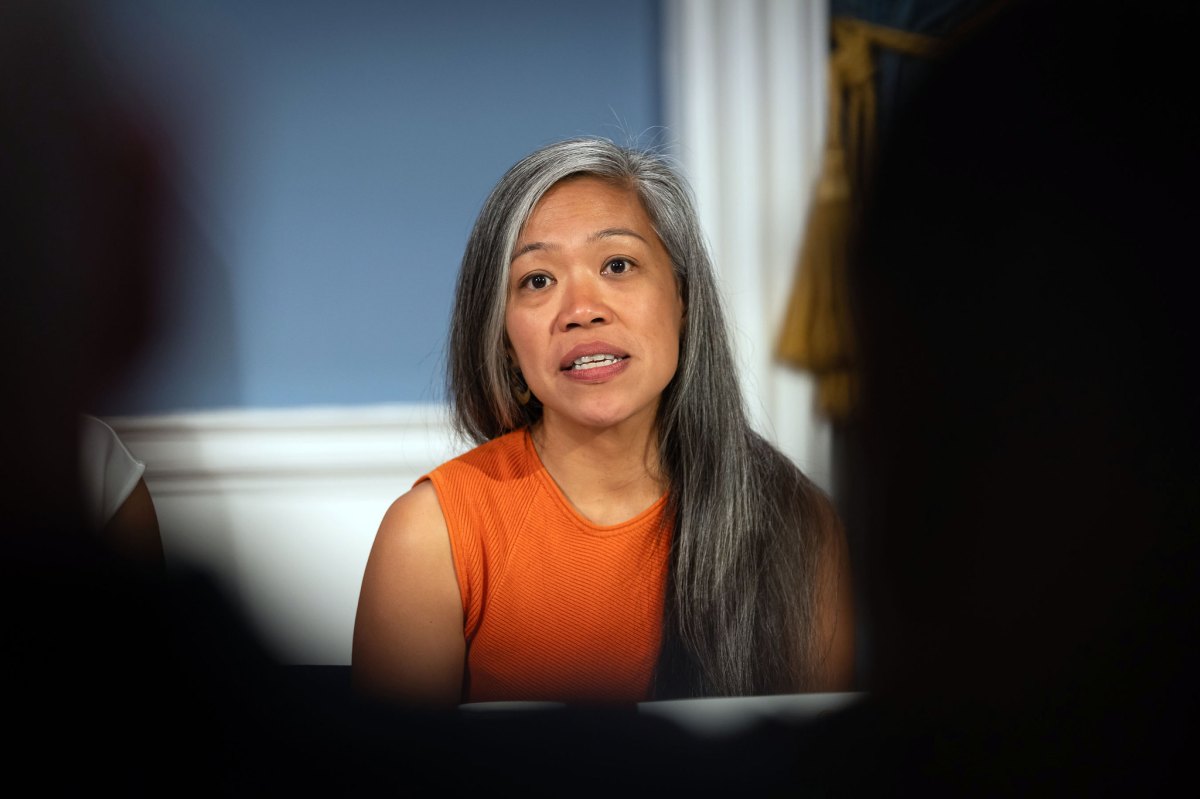
Maria Torres-Springer, the deputy mayor for housing, economic development and workforce, will chair the task force, which will also include representatives of various city government agencies such as the Police and Fire Departments, and the Departments of Citywide Administrative Services; Environmental Protection; Housing, Preservation and Development; Health and Mental Hygiene; Education; Parks and Recreation; Sanitation; and Transportation.
Other entities on the task force include all three public library systems in New York City (New York, Queens and Brooklyn), along with the Economic Development Corporation (EDC); the New York City Housing Authority; and the Health and Hospitals Corporation.
Torres-Springer, a former EDC president, said the City Housing Activation Task Force would parlay efforts to increase housing development through the “City of Yes” rezoning initiative, which could result in New York City’s biggest zoning code changes since 1961. The plan has received some pushback from residents in lower-density neighborhoods in Brooklyn, Queens and the Bronx who believe it will spur the eventual elimination of suburban-style neighborhoods lined with one- and two-family homes.
“Today, this administration doubles down on its commitment to address the city’s historically low 1.4% vacancy rate and use every tool in our toolkit to deliver the housing New Yorkers deserve,” said Torres-Springer on Wednesday. “Building off our ‘City of Yes for Housing Opportunity’ proposal and wins in Albany to increase housing production, this whole of government response will allow us to develop underutilized land. I’m grateful for every agency doing their part.”
The Legal Aid Society, a frequent critic of the Adams administration, issued a statement Wednesday indicating that it welcomed the task force’s plan, but stressed that City Hall “must go further and commit to ensuring that these potential developments are truly affordable for low-income New Yorkers.”
“Today’s executive order is a step in the right direction, and we hope it is part of a wider, multi-faceted plan to tackle the City’s complex and ongoing housing crisis,” according to the Legal Aid statement. “In addition to today’s executive order, the City must also increase rental subsidies for low-income individuals, take action to prevent the Rent Guidelines Board from further increasing rents on tenants in stabilized units, and provide enhanced protections to keep all low-income New Yorkers safely and stably housed.”
In June, the Rent Guidelines Board approved rent hikes on one- and two-year leases, impacting some 1.1 million tenants in rent-stabilized apartments citywide.







